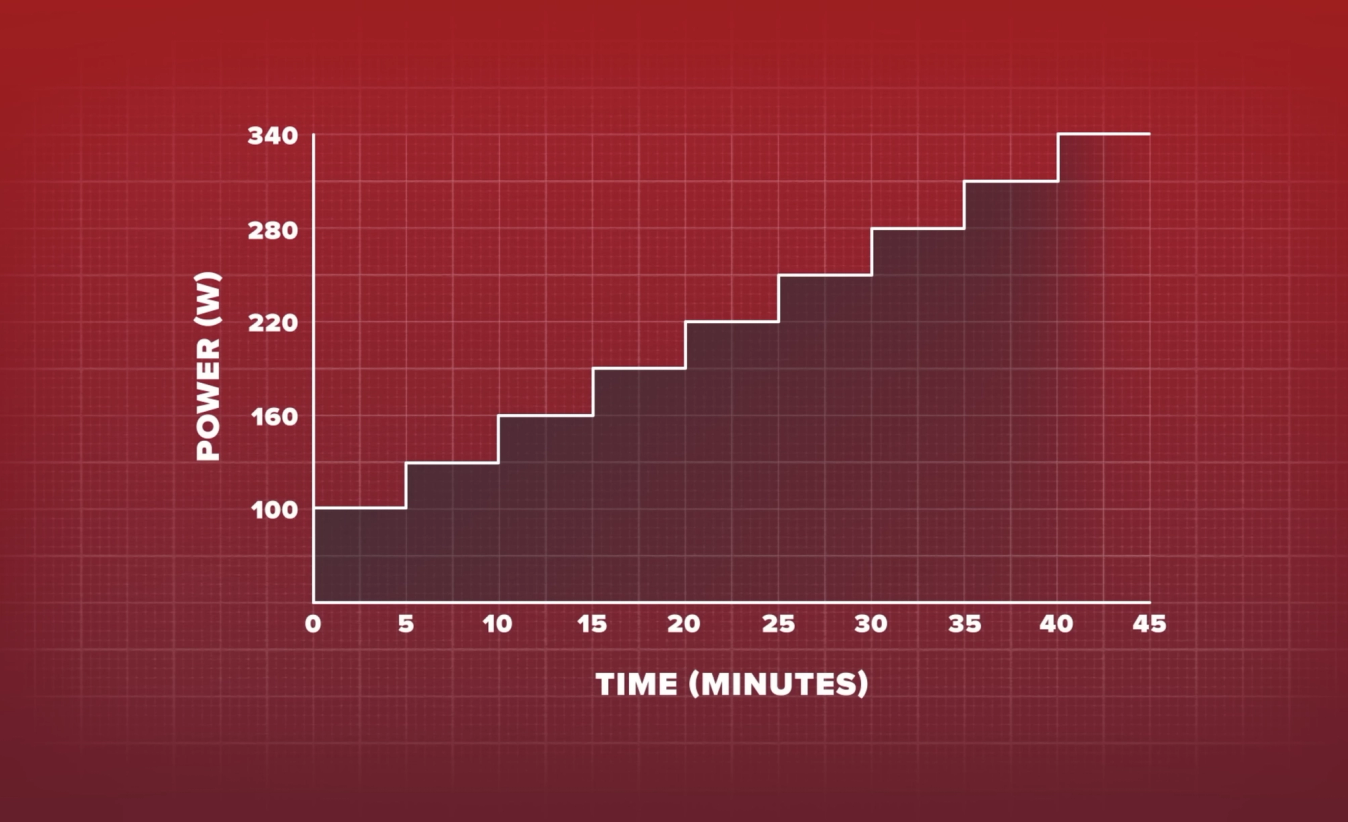Is measuring lactate the key to cycling success?
Pros and coaches use lactate testing to train accurately and precisely. With the advent of pocket-sized testing devices, is this something regular cyclists could use?
James Howell-Jones
Junior Writer
Pro cyclists and their coaches are using lactate testing to get the edge in races and training. Lactate or lactic acid, previously seen as a sign of fatigue, has gained attention as a potential tool for improving cycling success – it gives coaches a really clear picture of what’s going on as their athletes exercise. Now, we want to know whether this is technology that regular cyclists can benefit from too.
What is lactate?

© GCN
Pocket-sized lactate testing device
Before discussing the benefits of lactate testing, it's important to dispel a common misunderstanding. Lactate is not a waste product causing muscle soreness; it's actually a useful energy source. It forms when the body breaks down carbs and serves as an alternative fuel during intense exercise. Discomfort during high-intensity workouts comes from hydrogen ions, not lactate. Higher exercise intensity leads to more lactate production.
As exercise intensity increases, a greater proportion of energy is generated from carbohydrates, and this leads to a higher production rate of lactate – basically, the harder we ride, the higher our lactate levels will rise. That means that during really intense anaerobic efforts, we simply can't take on enough oxygen to use in that aerobic metabolism and levels of lactate begin to rise in our blood and our muscles.
Understanding your own lactate data is useful because it allows you to pinpoint exactly where your aerobic system reaches capacity, and your anaerobic ones really begin.
Why is lactate testing better than FTP, power or heart rate?
Training zones, heart rate and FTP tests are great for planning training, but they’re not perfect. Most rely on a power test you did weeks ago, possibly on a day you weren’t at your best or didn’t get enough sleep.
Lactate testing takes away those variables and offers a more direct insight. By measuring lactate levels at different effort levels, we can gain a deeper understanding of how our body is responding to training.
How do you measure your lactate levels?

© GCN
To create a lactate profile, you ramp up the efforts until you fail
Pro cyclists have been using lactate testing in the lab for years. The game changer though, is that now there are tiny, portable testing devices that can fit in your jersey pocket.
To use the data, you have to first do an initial lactate profile test. This involves increasing power output on a trainer while measuring lactate levels. The resulting lactate profile graph shows how lactate and power relate and identifies important thresholds.
How to use the data with lactate profiling

© GCN
Our lactate profile can be divided into three categories
The test allows you to create a lactate profile, which looks at your lactate level in relation to your power. It can be split into three main categories. First of all, there’s your aerobic threshold or lactate threshold – this is zone 1 and zone 2 riding, which we know from talking to Iñigo San Millán is very important.
Then, you’ve got lactate threshold 1, which you might refer to as zone 3, where your body is at the very edge of the aerobic capacity. This is what we’d commonly refer to as threshold or sweetspot; the kind of intensity you can hold for about an hour.
Once we reach lactate threshold 2, we’re at the very limit of our aerobic threshold. This is the figure we’re looking for when we do an FTP test. From this point, any increase in power puts us into anaerobic metabolism, and leads to an exponential increase in lactate levels. Above lactate threshold 2, you’ve got your VO2 max, your anaerobic capacity, and your max power.
Should amateur cyclists consider lactate testing?
Taking a blood reading by the side of the road might be a step too far for most cyclists. The technology is expensive, and adds a level of complexity that is overkill for most cyclists' training. As far as we’re concerned, until this tech becomes wearable and unobtrusive, it’s not worth considering for most cyclists.
Lactate testing has the potential to reshape training strategies for cyclists seeking accuracy and insights. It might not be a handy solution right now, but as lactate-monitoring tech improves and evidence grows, it could become a crucial part of cyclists' training.
In the quest for cycling excellence, lactate testing offers insight into human physiology. While its status as a key to success is uncertain, one thing is clear: understanding lactate opens doors for cyclists to push limits and achieve remarkable performance.











